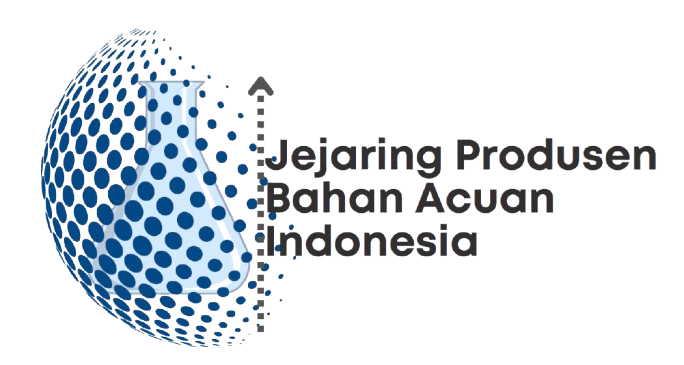Dubai is home to some of the world’s most iconic architectural projects. Developers in this fast-moving city know that visual presentation is key. One of the most powerful tools they now use is 3D printed architectural scale models.
These models are not just visual aids—they are strategic branding assets. Developers use them to reflect their identity, values, and design language. In this article, we’ll explore how developers in Dubai customize 3D printed models to align with their brand identity and strengthen their market presence.
Consistent Color Themes Across the Model
Color plays a big role in branding. Developers in Dubai often have signature color schemes that appear in their brochures, logos, and website designs. These same colors are applied to their 3D printed models.
For example, a developer known for minimalist luxury may use white, grey, and gold tones. Another brand with an eco-living focus might feature earth tones and greens. Matching the model’s colors to the brand’s palette helps reinforce visual identity and create a cohesive experience during presentations and launches.
Custom Base Designs Featuring Brand Elements
The base of a 3D printed architectural scale model Dubai can be more than just a platform. Dubai developers often add branded elements like engraved logos, textured surfaces, or themed landscaping. These features create a branded environment around the model.
It may include miniature signboards, water features, or even lighting that reflects the brand style. A modern, high-tech brand might choose LED accents. A heritage-inspired developer might use sand-colored textures or Arabic patterns. These choices tell a story about the brand without saying a word.
Branded Packaging and Display Setup
When developers showcase their models at property launches or investor meetings, the packaging and presentation style matters. In Dubai, where luxury is the norm, models often come in sleek, custom-built cases. These may include the company’s name, logo, and signature materials.
The display table or platform is also carefully designed to reflect the brand’s identity. A premium developer might use marble bases. A smart city developer may go with glass or steel. Everything surrounding the model contributes to brand consistency.
Incorporating Brand Values into the Miniature Landscape
Dubai developers are increasingly embedding their values into the design of 3D printed models. For instance, if a company promotes sustainability, the model may include green roofs, solar panels, or electric vehicle stations.
A developer focused on family living may show parks, schools, and wide sidewalks in the community layout. These added elements go beyond architecture. They communicate the lifestyle and values the brand stands for, all through the scale model.
Integration of Digital Branding Features
3D printed models are now being enhanced with technology. Many Dubai developers are combining physical models with digital screens or augmented reality. Touchscreens around the model can feature the brand’s promotional videos, project highlights, or even virtual tours. QR codes can link to the developer’s website or social media. Projection mapping can show the building at different times of the day. These high-tech additions reflect the innovation and digital-first approach of many Dubai-based developers.
Use of Signature Architectural Styles
Some developers in Dubai are known for a particular style. One may specialize in futuristic towers with flowing curves. Another may build traditional villas with Middle Eastern motifs. The 3D printed model is customized to highlight these trademark features.
This ensures that even a miniature version of the project feels authentic to the brand. Whether it’s clean glass facades, bold angles, or heritage-inspired arches, the model serves as a clear visual representation of the developer’s design identity.
Personalized Scale and Size Choices
The scale of the model also reflects branding decisions. A developer who builds massive master communities may want a larger, more immersive model to display the entire neighborhood. Boutique developers may opt for compact, high-detail models that focus on a single structure. The choice of scale communicates the scope and ambition of the brand. It helps set expectations during client presentations and exhibitions.
Tailored Model Accessories and Miniatures
To enhance storytelling, many Dubai developers add miniature figures, vehicles, and environment details that align with their target audience. A brand targeting young professionals may include bikes, cafés, and co-working spaces.
A high-end waterfront project may include yachts, luxury cars, and palm-lined pathways. These miniature details breathe life into the model and create emotional connections with viewers. They also give potential investors and buyers a clear image of the lifestyle being sold.
Matching Typography and Signage
Even small elements like text labels, building names, and road signs are customized to match the brand. Developers in Dubai often use their official font styles and signage designs in the 3D model. This attention to detail adds authenticity. It also helps maintain consistency across all marketing platforms. The investor sees the same design language in brochures, digital screens, and the physical model.
Limited Edition Models for VIP Showcases
For high-profile projects, developers in Dubai sometimes create exclusive models for VIP investors. These models may include premium materials such as acrylic, wood, or metallic finishes. Some even have motion features or personalized branding for the investor. This kind of customization builds brand prestige. It creates memorable experiences that leave a lasting impact.
Final Thoughts
Developers in Dubai understand that branding is not just about logos and colors. It’s about creating a consistent experience across all touchpoints. 3D printed architectural models offer a powerful way to showcase projects while reflecting brand identity.
Through color schemes, custom bases, technology integration, and miniature storytelling, these models become more than just presentations. They become physical expressions of the brand.
As real estate in Dubai continues to evolve, so too will the creative ways developers use 3D printing. For now, one thing is clear—customized 3D models are helping developers make stronger connections with investors, buyers, and the broader market.

